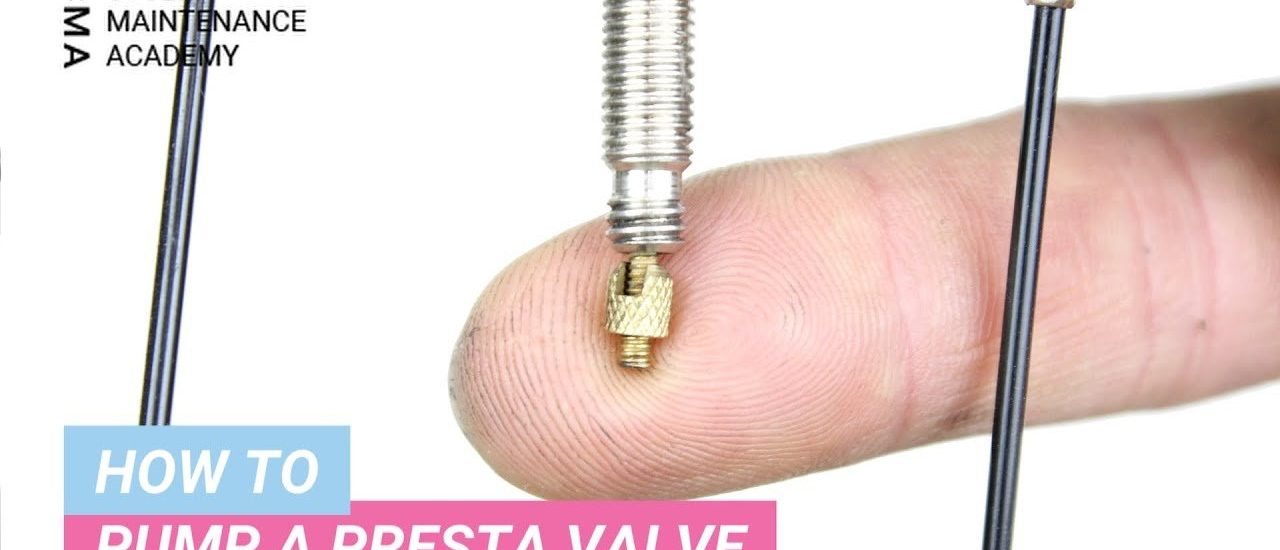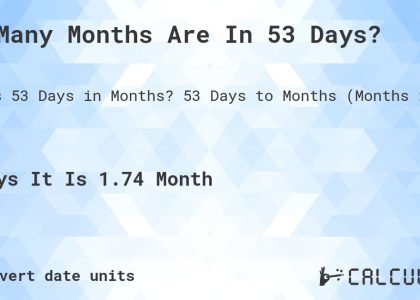To pump a Presta valve effectively, follow these simple steps. Start by unscrewing the valve cap and loosening the nut. Attach the pump nozzle securely onto the valve, ensuring a tight seal. Begin pumping smoothly until you reach the desired pressure. Remember, knowing how to pump Presta valve correctly can make a significant difference in your cycling experience.
Ultimate Guide: How to Pump Presta Valve Like a Pro
Welcome to our comprehensive guide on how to pump Presta valve! If you’ve ever struggled with this type of valve on your bike or other equipment, you’re not alone. Presta valves can be a bit tricky compared to Schrader valves, but with the right knowledge and tools, you can easily master the art of pumping them up like a pro.
Understanding the Presta Valve
Before we dive into the steps on how to pump a Presta valve, let’s first understand what makes this type of valve unique. Presta valves are commonly found on road bikes, mountain bikes, and some high-performance bicycles. They have a narrower profile compared to Schrader valves and feature a built-in valve cap that can be unscrewed to access the valve core.
Tools You’ll Need
Before you start pumping your Presta valve, make sure you have the following tools handy:
1. Floor Pump with Presta Valve Adapter:
A floor pump is the most efficient way to inflate your tires. Make sure it comes with a Presta valve adapter, which is often a small screw-on or push-on attachment that fits over the valve stem.
2. Pressure Gauge:
Having a pressure gauge on your pump allows you to accurately measure the air pressure in your tires.
3. Valve Core Tool (Optional):
This tool can be handy for removing and tightening the valve core if needed.
Step-by-Step Guide to Pumping a Presta Valve
Now that you have your tools ready, let’s walk through the step-by-step process of pumping a Presta valve:
1. Remove the Valve Cap:
Start by unscrewing the small valve cap at the top of the Presta valve. Keep the cap in a safe place so you don’t lose it.
2. Unscrew the Locking Nut (If Present):
Some Presta valves come with a locking nut below the valve cap. Loosen this nut by turning it counterclockwise until it is completely open.
3. Prepare the Pump:
If your floor pump has a built-in Presta valve adapter, simply flip the lever on the pump head to switch it to the Presta setting. If not, attach the Presta valve adapter to the pump head.
4. Attach the Pump Head to the Valve:
Press the pump head onto the Presta valve and secure it by flipping the lever or tightening the attachment, depending on your pump model.
5. Pump It Up:
Start pumping air into the tire by moving the pump handle up and down. You will feel resistance as the tire fills up. Keep an eye on the pressure gauge to ensure you reach the recommended pressure for your tire.
6. Remove the Pump Head:
Once you’ve reached the desired pressure, release the pump head from the valve by flipping the lever or unscrewing it carefully.
7. Secure the Valve:
If your Presta valve has a locking nut, tighten it by turning it clockwise until snug. This helps prevent air from escaping after you remove the pump.
8. Replace the Valve Cap:
Screw the valve cap back onto the Presta valve to protect it from dirt and debris. Make sure it is secure but not overly tight.
Tips and Tricks for Pumping Presta Valves
Here are some additional tips to help you pump Presta valves like a pro:
1. Check the Valve for Leaks:
Before pumping, inspect the valve for any signs of damage or leaks. If you notice any issues, replace the valve before inflating the tire.
2. Use Smooth and Even Pump Strokes:
When pumping, use smooth and even strokes to avoid damaging the valve or overinflating the tire. Take your time and maintain a steady rhythm.
3. Monitor the Pressure:
Regularly check the pressure gauge while inflating the tire to ensure you reach the correct pressure recommended by the manufacturer.
4. Practice Makes Perfect:
Don’t get discouraged if you find pumping Presta valves challenging at first. With practice, you’ll become more comfortable and efficient at inflating your tires.
Congratulations! You’ve now learned how to pump Presta valves like a pro. By following the steps outlined in this guide and incorporating our tips and tricks, you’ll be able to maintain optimal tire pressure for a smoother and safer ride on your bike.
Remember, practice makes perfect, so don’t be afraid to hone your skills and become a Presta valve pumping expert. Happy riding!
How To Pump A Presta Valve
Frequently Asked Questions
How do I pump a presta valve without a specialized pump?
To pump a presta valve without a specialized pump, you can use an adapter that converts it to fit a standard Schrader pump. Alternatively, some bike shops or gas stations may have pumps with dual heads that can accommodate presta valves.
Can I use a regular bike pump on a presta valve?
Yes, you can use a regular bike pump on a presta valve by either using an adapter or adjusting the pump head to fit the narrow valve stem. Make sure to unscrew the top cap of the presta valve before attaching the pump.
How do I know when the presta valve is fully inflated?
To know when the presta valve is fully inflated, listen for a hissing sound or feel the resistance when pumping. Once you feel the resistance or hear the air leaking out, stop pumping to avoid over-inflating the tire.
Final Thoughts
In conclusion, pumping a Presta valve is quick and easy with the right tools. Begin by unscrewing the valve cap and loosening the nut. Attach the pump head securely and start inflating the tire. Remember to monitor the pressure and remove the pump head carefully. Following these steps will ensure a successful pump of a Presta valve, allowing for a smooth and efficient inflation process. Mastering how to pump a Presta valve will make your cycling experience hassle-free.










